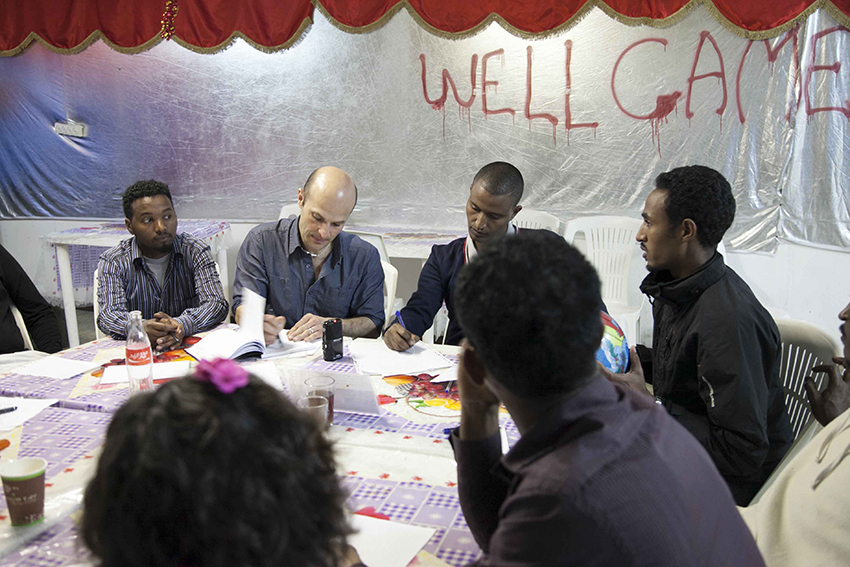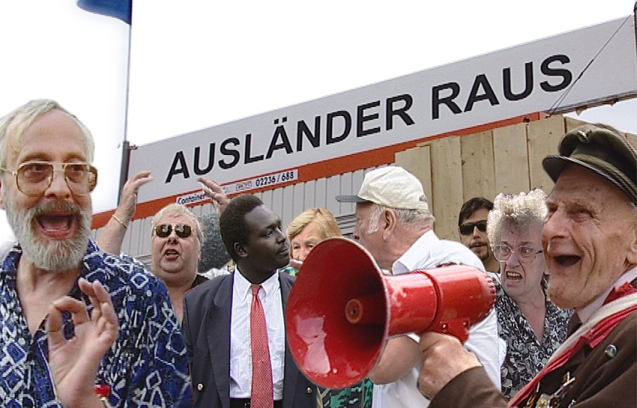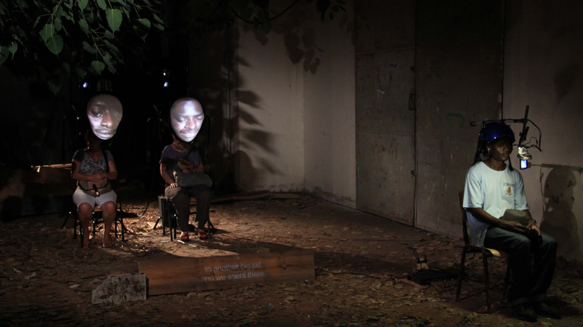In Israel, the term “infiltrators” is used to describe the transgression of the country’s political borders in order to commit a terrorist act, while the more general meaning of this term describes the hostile crossing of enemy lines or the covert transgression of a given territory’s borders for the purpose of espionage, a political coup, or a gradual conquest. At present, this term is commonly used to refer to Africans who have crossed the border from Africa into Israel; alongside additional terms such as “refugees,” “asylum seekers,” and “immigrant workers,” it plays an important role in the discussion of the status and future of these groups. In this context, the term “infiltrators” fixes the status of border crossers as that of liminal subjects, who remain trapped between here and there, citizens of a no place.
The exhibition “The Infiltrators” examines the local and global state of asylum seekers and refugees through works created with the participation of communities of asylum seekers in Israel and elsewhere in the world. But the exhibition title plays a double role, since it aspires to look at the included art projects as constituting an act of infiltration. The featured artists attempt to undermine existing stereotypes by enacting different forms of participation, thus questioning common perceptions of the complex state of asylum seekers or refugees. These artists infiltrate the communal or public sphere as outlaws or cunning spies, and cross the thin line between reality and fiction in order to examine and destabilize the power relations that control and define this sphere. They search for the fissures within dichotomies, for the liminal spaces between points of contention, and linger within these borderline spheres.
The featured projects reflect a range of participatory strategies that do not shy away from provoking conflict and walking the thin line between the ethic and the aesthetic. By means of these four works, as well as through talks and guided tour with the different participants- Asylum seekers, south Tel- Aviv residents, artists and activists, “The Infiltrators” attempts to examine participatory art’s forms of representation and display as well as its limitations, while probing the relations between artist, community, and audience.
Read More




